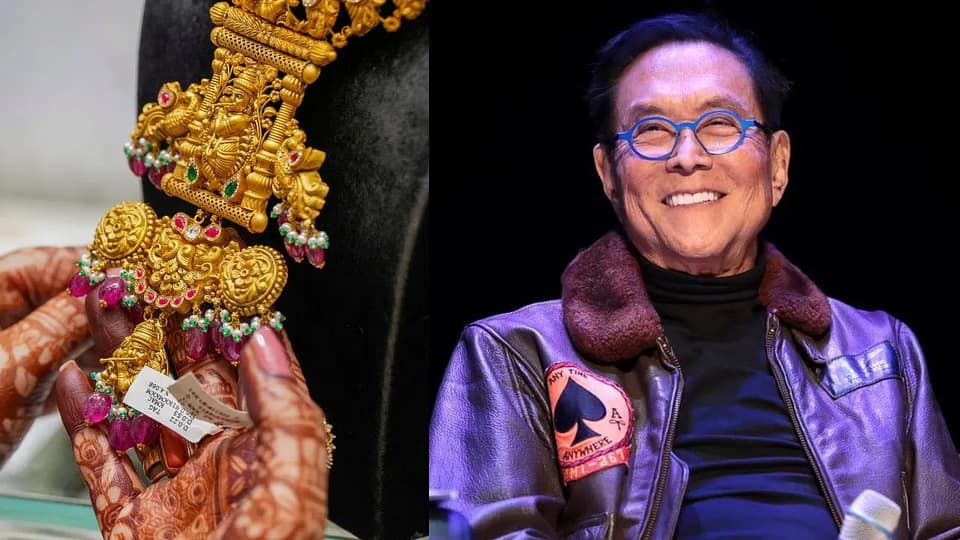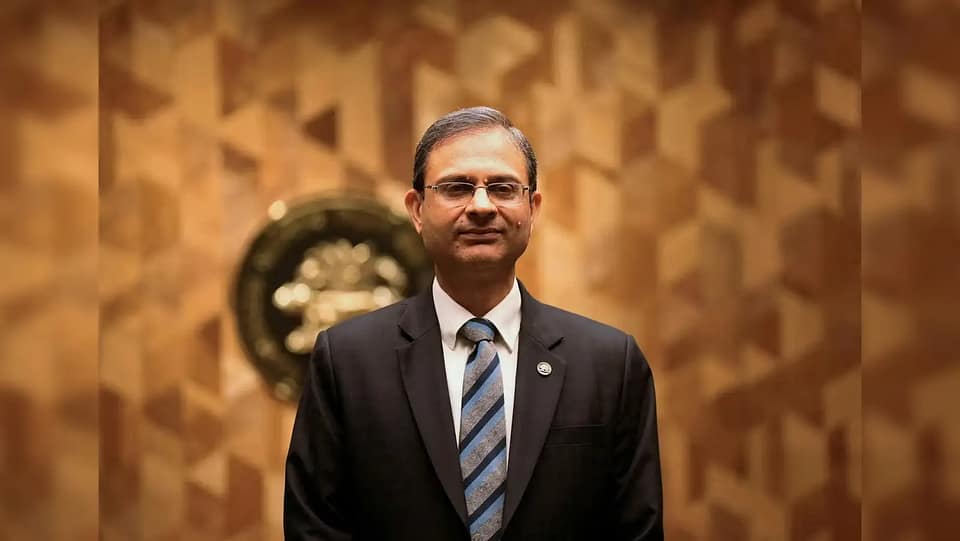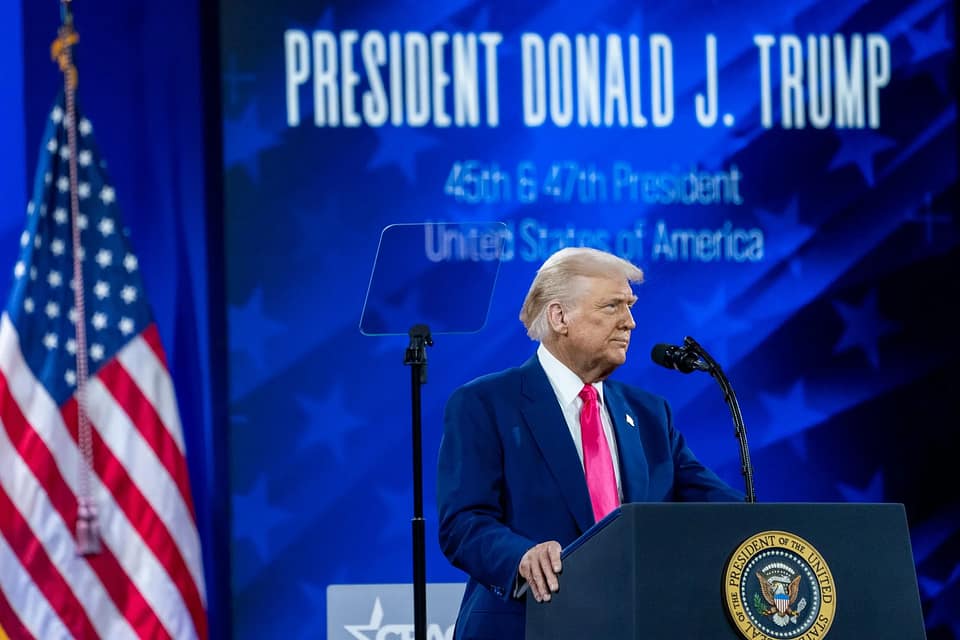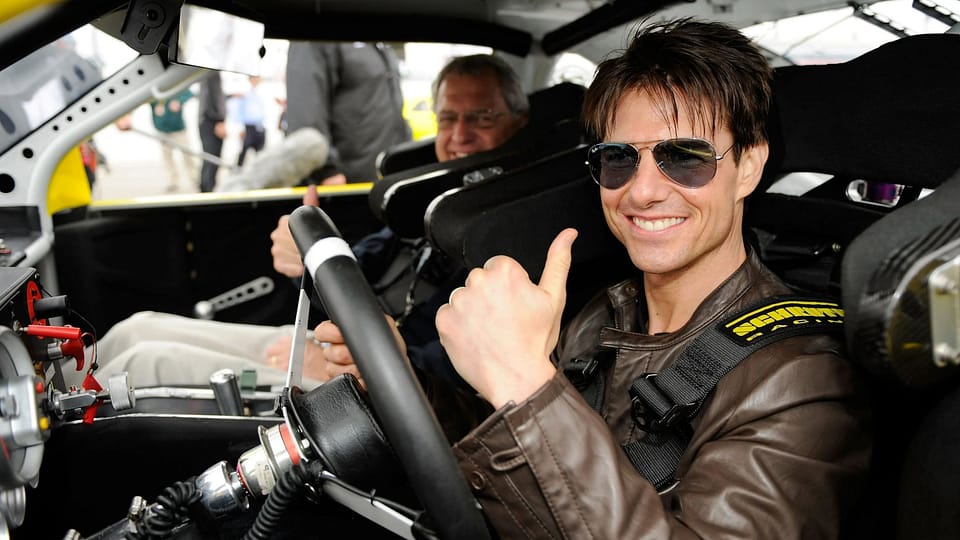Puma Success Story: Puma SE stands as a titan in the sportswear industry, its leaping cat logo synonymous with performance, style, and innovation. At the heart of this global brand is the story of its founder, Rudolf Dassler, whose ambition, resilience, and entrepreneurial spirit laid the foundation for a company that today rivals giants like Nike and Adidas. This article explores Puma’s success through a business lens, focusing on Rudolf’s vision, the strategies that propelled Puma forward, and the legacy that continues to shape its trajectory—all while keeping the narrative engaging and human.
The Roots of Rivalry: A Family Business Divided
Born on March 26, 1898, in Herzogenaurach, Germany, Rudolf Dassler grew up in a modest family with a knack for craftsmanship. Alongside his younger brother, Adolf “Adi” Dassler, Rudolf shared a passion for sports and shoemaking. In 1924, the brothers launched the Gebrüder Dassler Schuhfabrik (Dassler Brothers Shoe Factory), crafting athletic shoes from their mother’s laundry room. Their early designs, like spiked running shoes, gained acclaim—most notably when Jesse Owens wore their shoes to win four gold medals at the 1936 Berlin Olympics, putting the Dasslers on the map.
The brothers’ complementary skills—Rudolf’s salesmanship and Adi’s technical prowess—fueled early success. But by the 1940s, personal and professional tensions escalated, worsened by wartime stresses and family disputes. In 1948, the partnership collapsed, splitting Herzogenaurach into rival camps. Adi founded Adidas, while Rudolf established his own venture, initially called “Ruda” (a blend of his name), before renaming it Puma—a nod to agility and strength. This feud wasn’t just personal; it ignited a competitive fire that would drive Puma’s innovation and growth.
Building Puma: Rudolf’s Entrepreneurial Grit
At 50, Rudolf started Puma from scratch, leveraging his experience and industry contacts. His first move was to focus on performance footwear, targeting football, a sport gaining global traction post-World War II. In 1948, Puma outfitted players for West Germany’s first international football match after the war, signaling its ambition. Rudolf’s hands-on approach—visiting clubs, refining designs, and securing endorsements—built credibility. His charisma and dealmaking savvy attracted early adopters, including athletes who valued Puma’s lightweight, durable shoes.
Rudolf’s business philosophy emphasized quality and innovation. He invested in research to develop features like the screw-in stud for football boots, introduced in the 1950s, which improved traction and performance. This innovation helped Puma secure contracts with European clubs, boosting sales. By 1952, Puma’s shoes were worn by Olympic medalists, reinforcing its reputation for excellence. Rudolf also diversified into running and training gear, laying the groundwork for a multi-sport portfolio.
Scaling the Vision: Branding and Global Reach
Rudolf understood that a brand’s identity was as crucial as its products. The Puma logo, introduced in the 1950s, symbolized speed and elegance, distinguishing it from Adidas’s three stripes. He prioritized endorsements, famously signing Brazilian football legend Pelé in the 1960s. During the 1970 World Cup, Pelé’s Puma King boots were broadcast to millions, a marketing coup that spiked demand. Rudolf’s knack for aligning with cultural moments—like Pelé tying his laces before a match—turned Puma into a household name.
To scale, Rudolf expanded internationally, targeting markets in Europe, North America, and Latin America. He established Puma as a GmbH in 1948 and later transitioned it into a public company (AG) by 1986, long after his direct involvement. His export strategy relied on local distributors, keeping overhead low while penetrating new regions. By the 1970s, Puma was a global player, with factories and partnerships worldwide, though Rudolf’s direct oversight waned as he delegated to managers.
Challenges and Resilience: Navigating Turbulence
Puma’s early decades weren’t without setbacks. The Dassler rivalry meant constant pressure from Adidas, which dominated Germany’s market. Rudolf countered by focusing on underserved sports and regions, but Puma’s growth strained its finances. In the 1970s, rising competition from Nike and Reebok, coupled with Puma’s slow pivot to casual footwear, eroded market share. Rudolf’s traditionalist approach—prioritizing performance over lifestyle trends—limited adaptability, and by the 1980s, Puma was seen as a budget brand, struggling to stay relevant.
Rudolf stepped back from daily operations in the 1970s, passing leadership to his son Armin. His death in 1974 marked the end of an era, but his legacy endured. Puma faced near-collapse in the late 1980s, with losses mounting. Yet Rudolf’s foundational work—quality products, a strong brand, and global reach—gave successors a platform to rebuild. The 1986 IPO and eventual sale of family shares shifted Puma to professional management, setting the stage for a turnaround.
The Turnaround: Post-Rudolf Revival
Puma’s resurgence began under CEO Jochen Zeitz in 1993, who built on Rudolf’s heritage while modernizing the brand. Zeitz repositioned Puma as a “sportlifestyle” leader, blending athletic performance with fashion. Collaborations with designers like Jil Sander and celebrities like Rihanna echoed Rudolf’s knack for cultural relevance. The Puma Clyde, originally launched under Rudolf for basketball star Walt Frazier, was revived to tap into streetwear, proving the enduring value of his early endorsements.
Strategic sponsorships—like Usain Bolt and Formula 1 teams—mirrored Rudolf’s athlete-driven approach but scaled it globally. Puma’s re-entry into basketball in 2018, with stars like LaMelo Ball, and its dominance in markets like India (overtaking Nike by 2020) showed agility Rudolf would’ve admired. Sustainability initiatives, targeting 90% eco-friendly materials by 2025, added a modern twist, aligning with values Rudolf didn’t face but would’ve navigated with pragmatism.
Business Lessons from Rudolf’s Playbook
Rudolf’s journey offers timeless insights for entrepreneurs:
- Turn Adversity into Fuel: The Adidas split forced Rudolf to innovate, proving that competition can spark creativity.
- Build a Distinct Brand: The Puma name and logo carved a unique identity, showing the power of differentiation.
- Invest in Relationships: Rudolf’s athlete endorsements built trust and visibility, a strategy still central to Puma.
- Focus on Quality: His obsession with performance footwear laid a foundation competitors couldn’t ignore.
- Think Globally, Act Locally: Rudolf’s export model balanced scale with market-specific tactics, a blueprint for today’s multinationals.
The Numbers: Puma’s Modern Triumph
By 2023, Puma employed over 13,000 people, operated in 120 countries, and reported revenues exceeding €8 billion. Its Frankfurt Stock Exchange listing reflects investor faith, a far cry from the near-bankruptcy of the 1980s. India, where Puma leads with endorsements like Virat Kohli, and China, with tailored performance gear, drive growth. Innovations like the Nitro shoe line and partnerships with brands like Fenty keep Puma competitive, building on Rudolf’s legacy of blending form and function.
Overcoming Obstacles
Puma’s path reflects Rudolf’s resilience. The 1970s market share loss tested its core, but his early global footprint gave it room to recover. Counterfeits and regulatory hurdles in emerging markets persist, yet Puma’s supply chain rigor—rooted in Rudolf’s quality ethos—mitigates risks. The COVID-19 pivot to e-commerce, boosting online sales 10% in months, showed adaptability Rudolf’s era couldn’t fathom but his pragmatism would’ve embraced.
Legacy and Future
Rudolf Dassler’s Puma wasn’t just a business—it was a defiance of odds. His vision transformed a small-town startup into a global icon, navigating rivalry, economic shifts, and his own mortality. Today, Puma’s leadership, under Arne Freundt, eyes wearables, digital fitness, and deeper Asian growth, all while honoring Rudolf’s ethos of speed and excellence. Challenges like economic volatility loom, but Puma’s track record suggests it’s built to leap forward.
Conclusion
Rudolf Dassler’s Puma is a masterclass in entrepreneurial grit. From a bitter family split to a global empire, he turned personal ambition into a brand that defines agility and style. His story reminds us that success demands vision, resilience, and a knack for seizing the moment—whether on the pitch or in the boardroom. As Puma races into the future, Rudolf’s legacy endures: a leaping cat that never stops running.
Note: This article draws on general knowledge of Puma’s history and Rudolf Dassler’s role, focusing on his contributions while weaving in modern context for a complete success story.
Discover more from News Diaries
Subscribe to get the latest posts sent to your email.






















